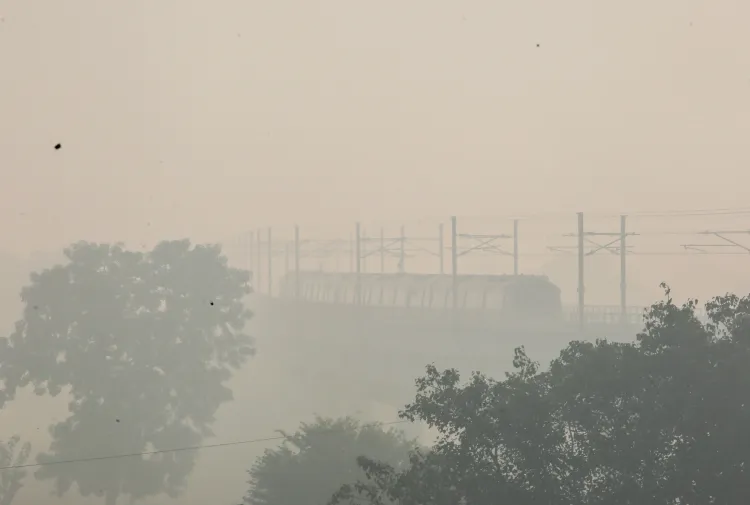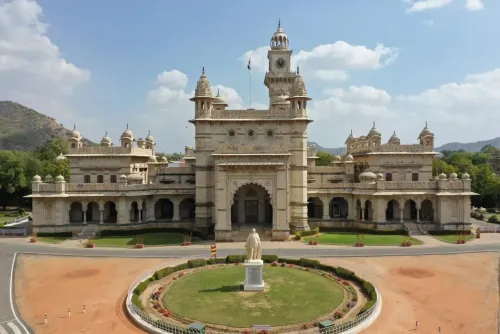Is Delhi-NCR's AQI Really Surging to 380 Amid Heightened Restrictions?

Synopsis
Key Takeaways
- Delhi-NCR faces severe air quality challenges with an AQI of 380.
- New restrictions under the Graded Response Action Plan are in effect.
- Staggered working hours are advised for government offices.
- Private offices must operate with 50% on-site staff.
- Public health is at risk due to worsening air quality.
New Delhi, Nov 23 (NationPress) The air quality in Delhi-NCR has remained firmly in the 'very poor' category, with the average Air Quality Index (AQI) reaching a concerning 380 as reported by the Central Pollution Control Board.
At 7:15 a.m., Jahangirpuri recorded a staggering AQI of 438, categorizing it in the severe bracket, while Bawana followed closely at 431, Anand Vihar at 427, and Ashok Vihar at 421, all highlighting critical pollution levels.
In the NCR vicinity, Noida was just shy of the severe level with an AQI of 396. Greater Noida registered 380, marked as very poor, while Ghaziabad reported 426, placing it in the severe category.
Gurugram and Faridabad showed slightly better figures, with AQI levels of 286 and 228, respectively, both categorized as 'poor'.
In response to escalating pollution levels, the Commission for Air Quality Management for NCR and surrounding areas announced revisions to the Graded Response Action Plan on Saturday.
The CAQM indicated that measures previously applicable only under the severe category of GRAP Stage IV will now be activated at Stage III.
These measures include ensuring a stable power supply to decrease reliance on diesel generators, deploying extra personnel at traffic congestion hotspots, issuing pollution alerts across various media channels, and expanding the fleet of CNG and electric public transport with increased service frequency and adjusted fares to encourage off-peak travel.
Additionally, several strategies that were under Stage III for the 'very poor' category have been downgraded to Stage II. This includes implementing staggered working hours for government offices located in Delhi, Gurugram, Faridabad, Ghaziabad, and Gautam Buddh Nagar.
The Centre may also contemplate staggered timings for its offices in the area.
Restrictions initially designated for Stage IV during severe AQI have now been adjusted to apply at Stage III, which includes limiting public, municipal, and private offices to operate with only 50% of their staff, requiring the remaining employees to work from home.
In the meantime, the Delhi government has mandated private offices to function with only 50% on-site personnel and allow the rest to work remotely as a precaution, as the capital battles declining air quality.









